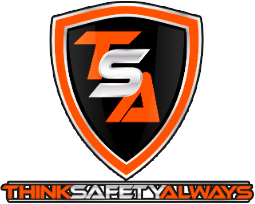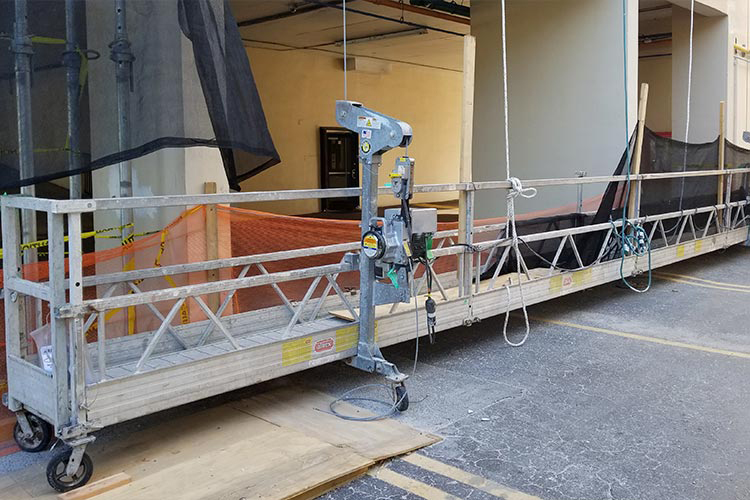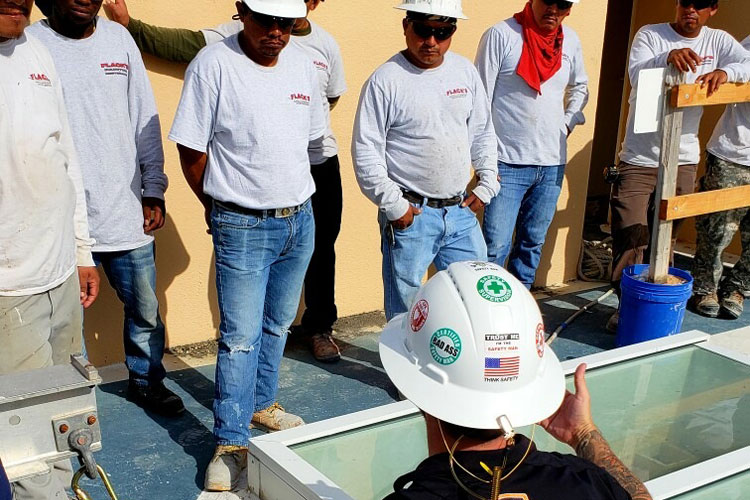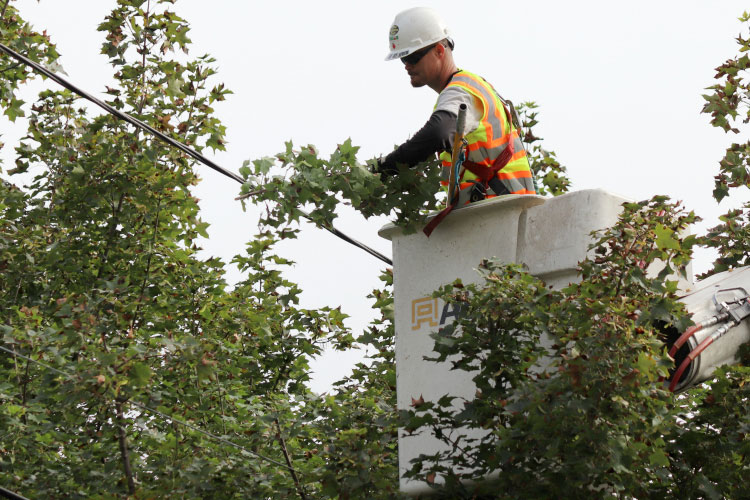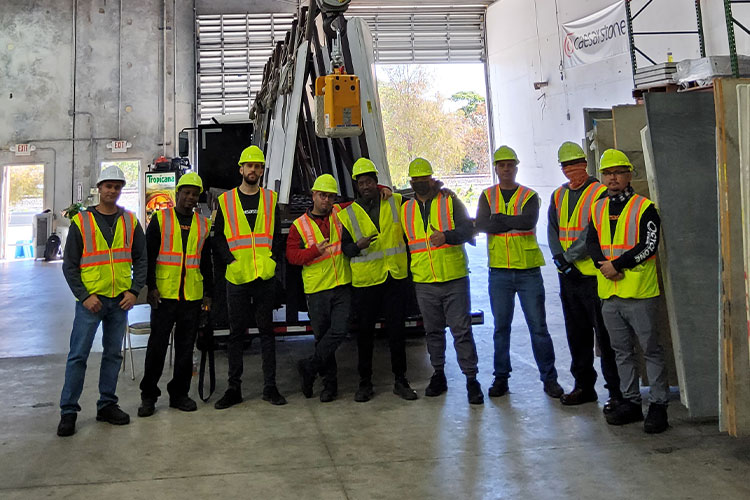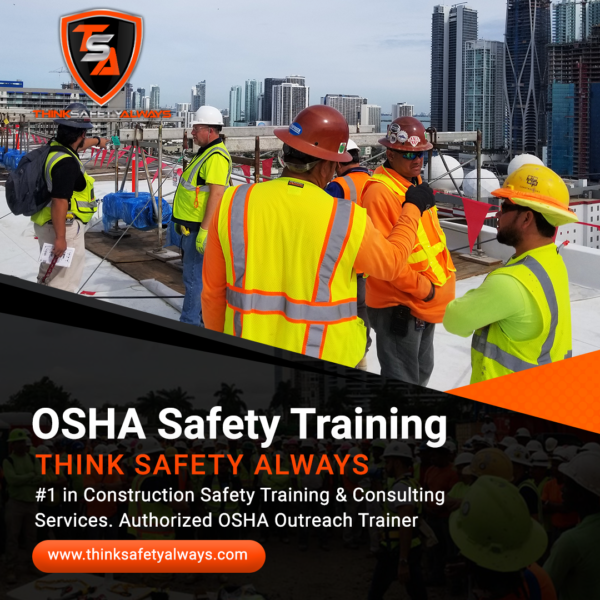Working on scaffolding is one of the riskiest tasks in construction, resulting in severe injuries. Suspended scaffolding is one of the most widely used scaffolds to clean windows or outer surfaces of buildings at great heights. It also poses falling risks for the workers unless they have proper training.
According to OSHA, the two-point suspension scaffolds are suspended from cables or ropes. They are attached to stirrups at both ends of the platform. Lack of proper training can risk the life of the person working on the scaffolds and cost the employer thousands of dollars in compensation.
OSHA recommends following specific suspended scaffold training procedures to ensure the safety of the workers.
Employee Training
Employees should be trained to detect and understand the risks associated with suspending scaffolding. They should be taught about safety and preventive measures to avoid workplace hazards. Moreover, the training makes it easier to inspect and detect faults with the scaffolding and nullify the risks.
Right Anchoring
Working on suspended scaffolding entails standing on the suspended platform. The scaffold needs to be secured flawlessly to make the structure rigid and firm to work on. It should be able to withstand the worker’s weight and remain steady even with the movement.
With OSHA training, the workers can select the right anchor points to tie their scaffold firmly. Most accidents occur because the scaffolding was tied to temporary fixtures or single tiebacks were installed at an angle. The training will equip the workers with correct anchoring and proper tiebacks to make the scaffold absolutely secure.
Fall Protection
With falls being rated as the primary cause of scaffolding accidents, OSHA suggests that scaffolds operating more than 10 feet above ground level should have fail arrest systems or guardrail systems. The platforms on two-point suspension should be less than 36 inches in width, and the entire structure must undergo a thorough inspection before work begins.
Moreover, each suspension load should also be capable of withstanding up to 6 times more load than the intended weight load, and no more than 2 persons and 3 persons each are to be allowed on scaffolds designed to hold 500 and 750 pounds, respectively.
Complete Your OSHA Training with Think Safety for Maximum Workplace Protection
Understanding all the OSHA guidelines can be overwhelming, which is why we have experts to walk you through the process and complete the suspended scaffold training for your employees. Your employees are bound to feel more secure with OSHA training, which will increase their productivity. We help you create a safe, productive, and secure workplace without risking any falling hazards. Call our team at 786-683-4141 for more details.
